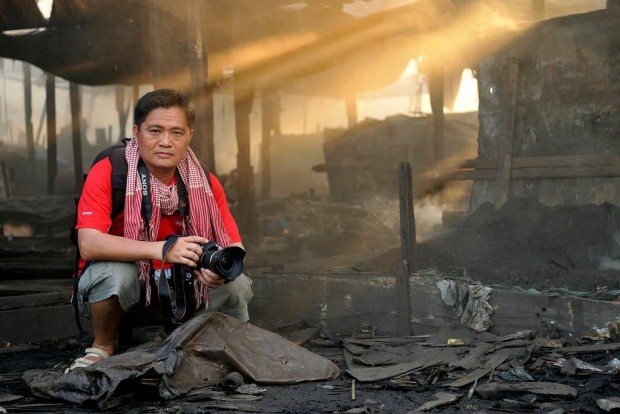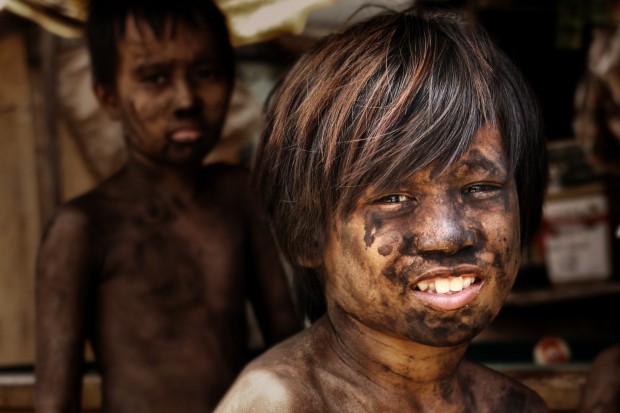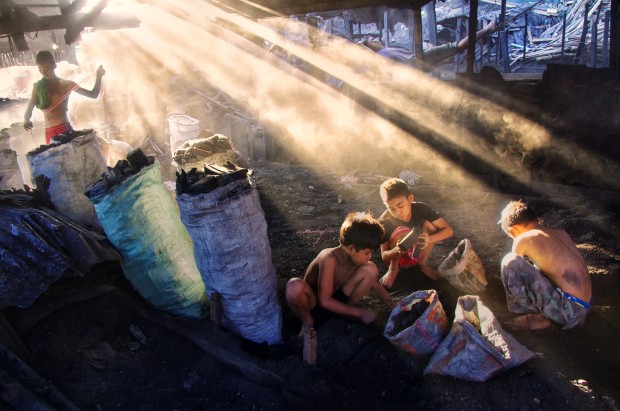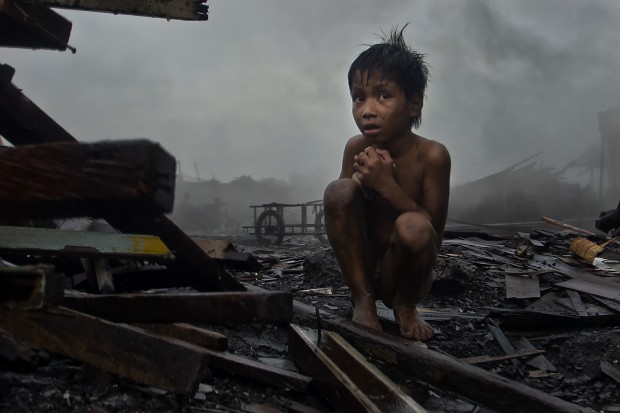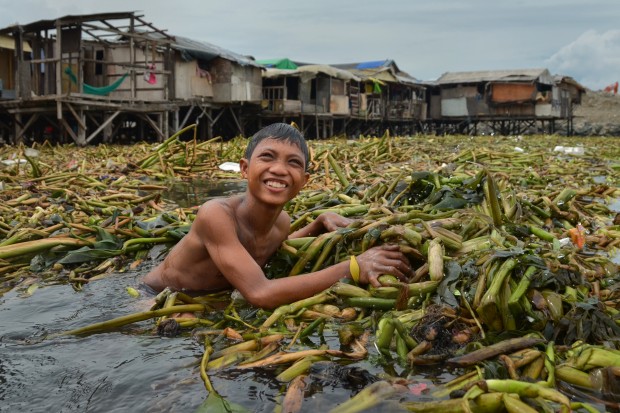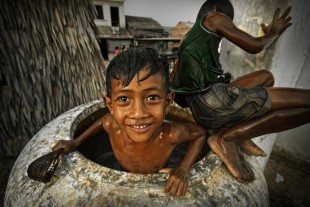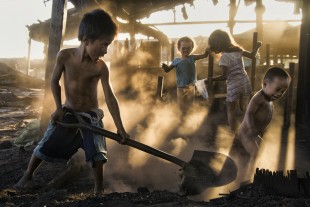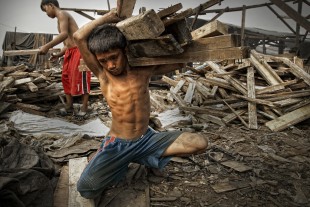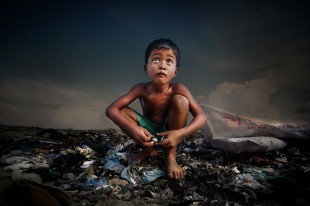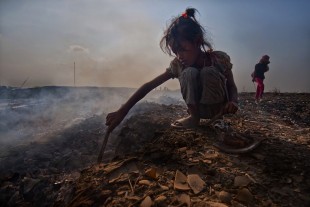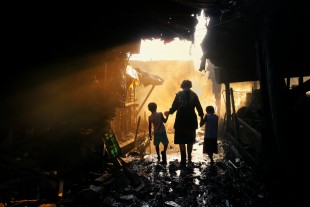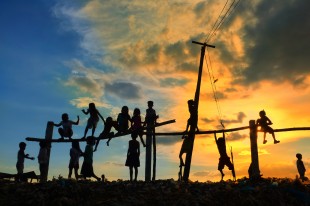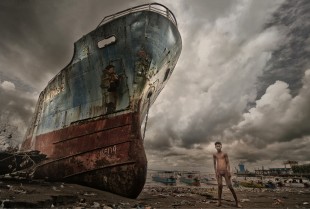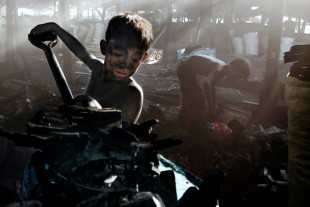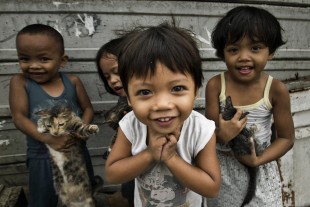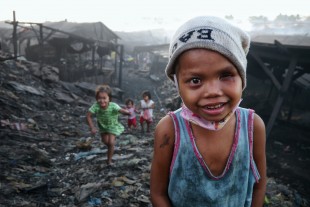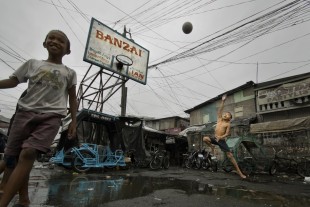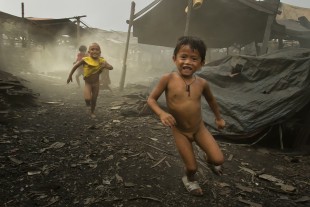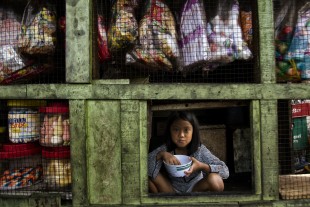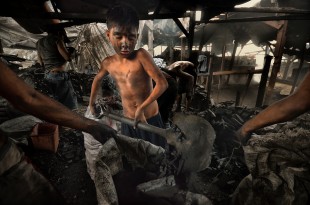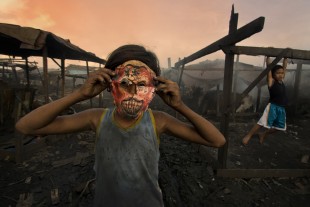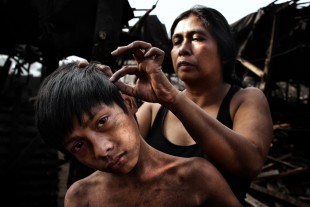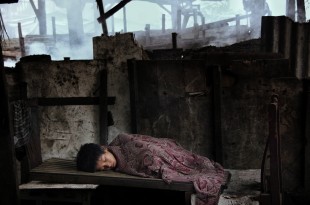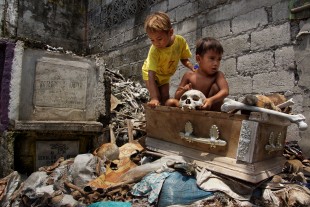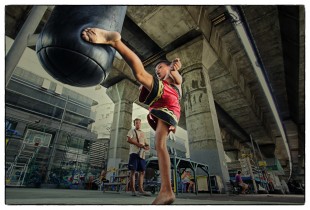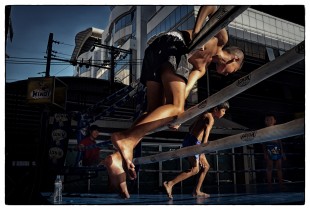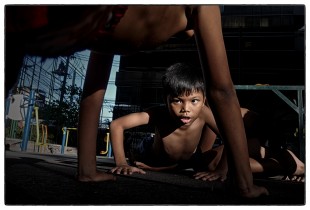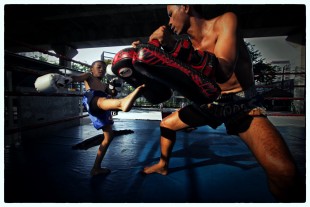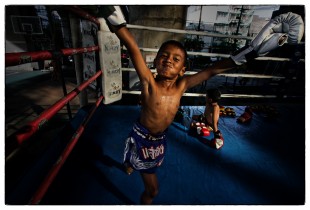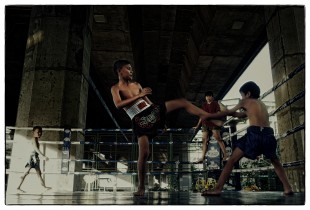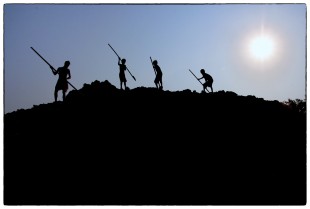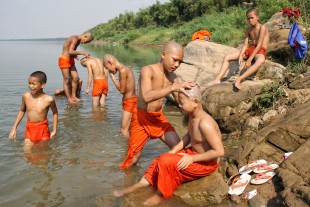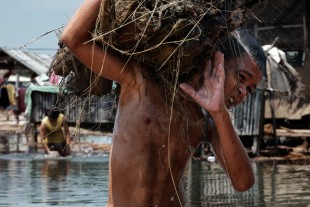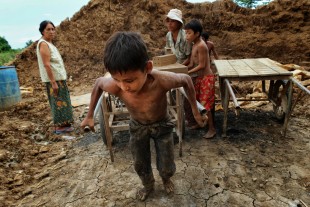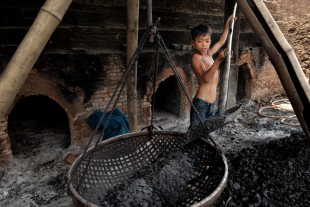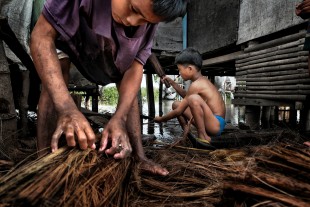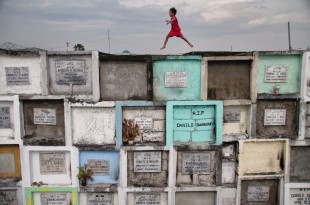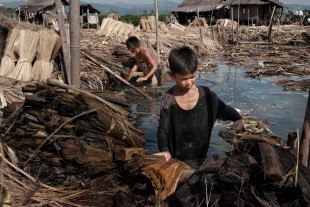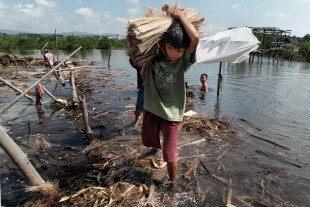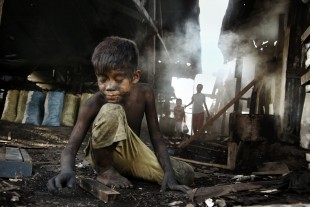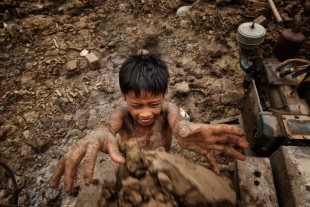Empowering Lives Through Photography
Thomas Tham Joo Kit is a Malaysian photographer residing in Singapore. A volunteer consultant to 4 NGOs located in Asia, Thomas steps forward to help in building better life for the disadvantaged people. He is involved in infrastructure, social and life skill programs and connecting NGOs to galvanize and share resources from each other. He is also an accredited photography instructor with The Photographic Society of Singapore.
I have never personally met Thomas, but we connected through Facebook during a photography venture called Platform, organized by a group of Singaporean photographers. That was in 2012. I had just started photography and was dissatisfied with the mindless shallow photographic work I was coming across by my peers in Pakistan: photographs with glamor and good-looking frames but no storytelling. Thomas and I started conversing about the idea and the purpose of photography. Being a master storyteller that he is, he taught me photography is a lot more than mere beautiful looking frames.
Today, after about four years, the idea of interviewing Thomas occurred to me. Not because I have something to offer to him by doing this, but because the message he conveys is undeniable in its true essence: of helping others and spreading love and humanity.
What started as a hobby for him, became a medium with a sole purpose to help and tell the stories of disadvantaged people, especially the children who have been abandoned. As a humanitarian, photographer and a teacher in photography, Thomas aims to bring about awareness of suffering children to the world and in turn better their lives, for he believes that children today are our future.
His photographs have a harsh, direct approach to show his ‘friends’ (he hates the term ‘subject’ as he spends years with them and gains their trust, to be able to truly project their cause). The images stay with you long after you see them.
Here, Thomas talks to Magazine N and explains his photographic journey and his large family of children whom he has photographed and supported in countries like the Philippines, Cambodia, etc.
1. How do you use photography to help the children in impoverished conditions?
A. Very often words are not enough to represent the emotional state of a person, especially children where they have so many expressions that often reflect their plight of the moment. Photography is an effective way that I could use to capture the moment of truth about children and unfold them to the world. I could document their feelings relating to the impoverished conditions. Sometimes, I capture the moment of injustice but often there is hope, joy and strength in what I record. There are many non-verbal cues that could not be described by words but images.
2. When did you start or realize that the visual medium can be used to benefit the poor?
A. A good image would capture the attention of the audiences immediately. The audiences may like or dislike it, but the images have already been implanted in their hearts and minds. There is no way they could forget them. That is the power of the visual medium.
3. Is your stance on your work affected by your history and past struggles? How was it like growing up for you?
A. Childhood experiences, good or bad do contribute to my level of sensitivity and understanding while capturing the stories about children. I have become very accustomed to hazardous environments and often feel at home in these conditions. The past, however, does not affect me as much any more, but it does help me adapt and adjust much better to the work.
4. Which and how many countries have you visited as part of your welfare efforts?
A. Currently, my projects for children are concentrated in the Philippines, Cambodia and Indonesia. But at the same time, I am still discovering new environments and sites where injustice and inequality exist. Often it takes years of staying with the people to understand their needs and I am often humbled by their coping mechanism.
5. Tell us more about Empowering Lives Asia.
A. Empowering Lives Asia (ELA) is a movement where compassionate and resourceful people could come together to endeavor to make this world a better place.
ELA works closely with trusted local representatives whom we associated as partners. All our partners are registered and legal entities such as, NGOs and religious organizations. ELA aims to empower and divert resources to these partners in reaching out to the many children in their communities regardless of race, language or religion.
ELA mission statement is to engage, empower and equip underprivileged children with the values of honesty, integrity and loyalty to their countries through character, physical, mental and spiritual developmental programs.
Our children are often the most neglected and rejected child laborers in the hazardous environment. We also work with children in drug addiction and gang activities.
Working children are the objects of extreme exploitation in terms of toiling for long hours for minimal pay. Their work conditions are especially severe, often not providing the stimulation for proper physical and mental development.
Many children may have to work in order to attend school or help financing their family members, so abolishing child labor may only hinder their education.
There must be an economic change in the condition of a struggling family to free a child from the responsibility of working. The sponsorship program can help provide this support.
Drug dependence is one of the more serious problems affecting many street children. Children may pick up the habit because it gives them a high degree of satisfaction. It becomes an escape from the harsh realities of life, from the disappointments and frustration of their daily lives and they become hook. Fortunate are those who helped in time. Others may sink deeper and deeper into the mire of degradation and sometimes death becomes the only way out.
6. How do you see Empowering Lives Asia growing in the future? Are there plans to expand it and help children in more Asian countries?
A. We are taking small steps, one at a time. We cannot change a country or even the world alone. We need unity of like-minded people. We also need to have the purposeful, passionate and influential values in our lifestyles. As long as there are willing hearts and people who always put others interests before themselves then we can expand. ELA will surely support and walk with them.
7. As far as the act of photography is concerned, what goes on through your mind when you are at the location while you’re shooting?
A. Usually, I do not shoot on the first few days of assignment. I call it bonding time. I always take time to talk to people and be with them. Only after finding the purpose, the passion to be involved, I would then start documenting their daily lives.
8. Which photographers inspired you, if any?
A. Werner Bischof, Dario Mitidieri, Sebastiao Salgado, Raghu Rai and Sally Mann. They have one thing in common – the legacy!
9. How do you connect with your subjects? What is your process of shooting? I believe the children in your photographs are like a family to you as they seem very comfortable being in front of the camera.
A. Yes! It is a long process. They are no more my subjects but family! There is a high degree of mutual trust and respect. Sometimes, I may not even shoot but stay with them for a period of time and my cell phone camera becomes my only recording tool.
When I documented the children in the Manila’s charcoal factory, I literally stayed with them for 4 years. In Cambodia, I spent 2 years with the children from the brick factories without capturing a single image. I am still documenting Thailand’s Muay Thai kickboxing kids. There is much to learn from them.
Also, if I cannot find a way or still not yet fully understand the situation, I do not reveal the images. Many times irresponsible photographers bring much harm to the children and communities. These photographers are chasing personal fame and don’t photograph in the name of humanity.
You can check out more of Thomas’ work below:
- SONY DSC
- SONY DSC
- SONY DSC
- SONY DSC
- SONY DSC
- SAMSUNG CSC
- SAMSUNG CSC
- SAMSUNG CSC
- SAMSUNG CSC
- SAMSUNG CSC
- SAMSUNG CSC
- SAMSUNG CSC




















